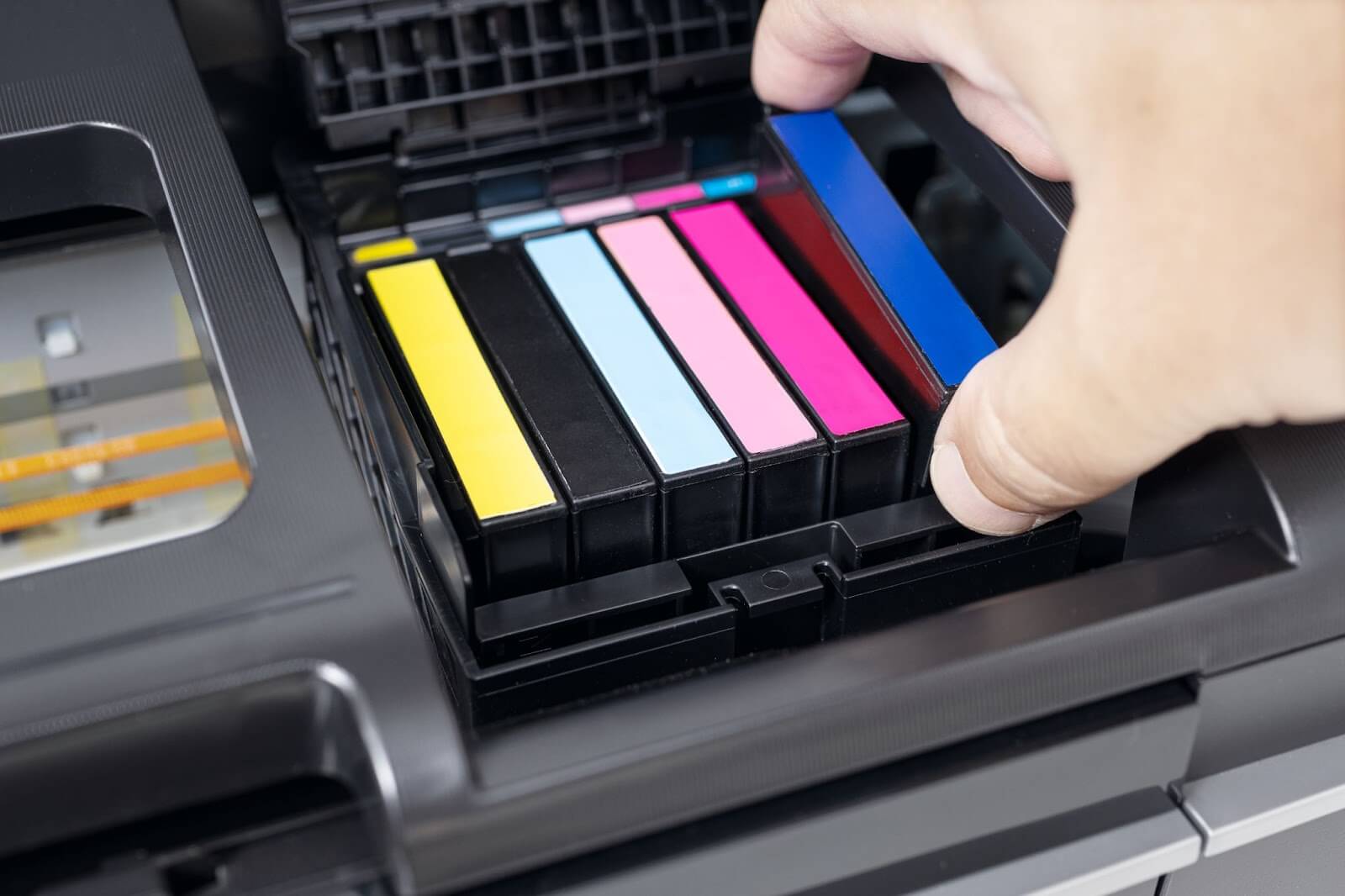15th Jul 2024
Demystifying Ink Cartridge Yields: Decoding Page Output for Optimal Printing Efficiency
In the realm of printing, understanding ink cartridge yields is akin to deciphering a language. It’s a crucial aspect that impacts not only the cost per page but also the overall efficiency of your printing endeavors. While manufacturers often provide specifications regarding yield, interpreting this information can sometimes feel like navigating a maze. Fear not! In this guide, we'll delve into the intricacies of ink cartridge yields and provide insights on how to interpret page output effectively.
What Are Ink Cartridge Yields?
Before diving into interpretation, let’s establish what ink cartridge yields entail. Ink cartridge yields refer to the estimated number of pages a cartridge can produce before requiring replacement. This figure is influenced by various factors, including the type of printing (text, graphics, photos), paper type, print settings, and cartridge capacity.
Interpreting Page Output: Understanding the Numbers
When assessing ink cartridge yields, it’s essential to recognize that the stated page output is typically based on standardized testing conditions set by manufacturers. These conditions often involve printing documents with specific characteristics, such as a standardized page coverage percentage (usually around 5%).
However, real-world usage scenarios may vary significantly from these standardized conditions. For instance, if you primarily print high-resolution images or graphics-heavy documents, the actual yield of your ink cartridge may be lower than the stated figure. Conversely, printing primarily text-based documents with minimal graphics may result in a higher yield.
As the renowned inventor Thomas Edison once said, “Opportunity is missed by most people because it is dressed in overalls and looks like work.”
Maximizing Ink Cartridge Yields: Tips and Strategies
While the stated page output provides a baseline, there are several strategies you can employ to maximize the efficiency of your ink cartridges:
- Print in Draft Mode: Most printers offer a draft mode option, which consumes less ink by printing at a lower resolution. While the print quality may be slightly reduced, it’s suitable for internal documents or drafts where high-quality output is not essential.
- Use Print Preview: Before hitting the print button, utilize the print preview feature to ensure your document appears as intended. This prevents unnecessary reprints due to formatting errors or omitted content.
- Opt for Eco-Friendly Fonts: Certain fonts are designed to be more ink-efficient than others. Fonts like Times New Roman, Arial, and Calibri are known for their ink-saving characteristics, making them ideal choices for everyday printing tasks.
- Regular Maintenance: Keep your printer in optimal condition by performing regular maintenance tasks, such as printhead cleaning and alignment. Proper maintenance helps prevent ink wastage due to print quality issues.
- Choose Quality Paper: Invest in high-quality paper that complements your printing needs. Cheap, low-quality paper can absorb excess ink, leading to smudging and reduced print clarity.

Factors Influencing Ink Cartridge Yields
- Print Density and Coverage: The density of your prints and the coverage area heavily impact ink cartridge yields. Printing high-resolution images or documents with extensive color coverage will deplete ink levels faster than printing simple text.
- Print Settings: The chosen print settings wield significant influence over ink cartridge yields. Draft mode or grayscale printing consumes considerably less ink compared to high-quality, full-color prints.
- Paper Type and Quality: The type and quality of paper used also play a role. Absorbent papers may require more ink for optimal results, affecting ink cartridge yields.
- Printer Maintenance: Regular maintenance, such as printhead cleaning, ensures optimal ink usage and extends ink cartridge yields. Neglecting maintenance may result in ink wastage and reduced page output.
Conclusion:-
Ink cartridge yields play a significant role in determining the overall cost-effectiveness of your printing setup. By understanding how to interpret page output and implementing strategies to maximize efficiency, you can make informed decisions that optimize both your budget and printing experience. Similarly, by putting in a little effort to understand ink cartridge yields, you unlock the opportunity to streamline your printing operations and achieve greater efficiency.
In essence, while ink cartridge yields provide a valuable benchmark, it's essential to approach them with a nuanced understanding of real-world printing dynamics. By employing smart printing practices and leveraging the right tools, you can navigate the realm of ink cartridge yields with confidence and finesse.












